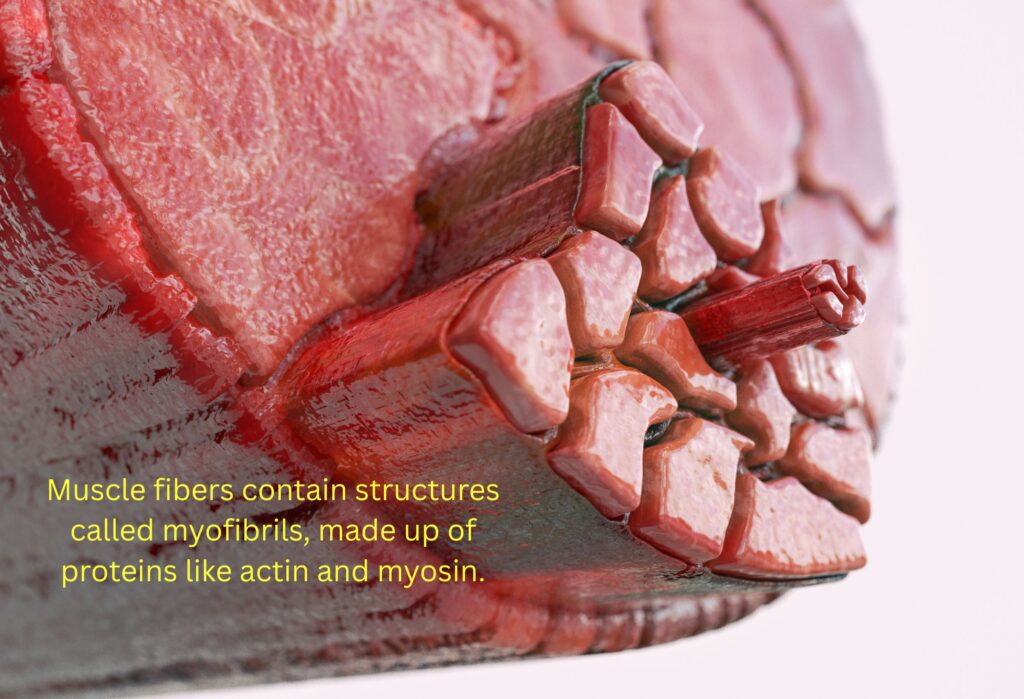Muscle Growth: A Deep Dive into Hypertrophy Training

When we talk about building muscle, one word that often comes up is hypertrophy. But what does this term actually mean? And more importantly, how can you use hypertrophy training to enhance your physique and performance? Let’s break it down.
What is Hypertrophy?
Hypertrophy refers to the growth of muscle mass. This process is primarily achieved through targeted strength training, but there’s more to it than just lifting weights. Muscle hypertrophy is often confused with muscle strength, but they are distinct concepts.
Why is Hypertrophy Important?
While hypertrophy is often associated with bodybuilding, muscle growth isn’t just for bodybuilders. In fact, many athletes can benefit from increasing their muscle mass. More muscle can improve performance in various sports, reduce the risk of injury, and even provide health benefits as you age. Plus, a more muscular physique can boost confidence and create a more athletic look.
How Does Muscle Hypertrophy Happen?

Factors That Affect Hypertrophy
Several factors influence how well you can grow muscle:
The Role of Nutrition in Hypertrophy
Nutrition is key to hypertrophy. To build muscle, you need to be in a positive energy balance—meaning, you must consume more calories than you burn. If you’re in a caloric deficit, muscle growth will be limited.
Protein is the cornerstone of muscle-building. For optimal hypertrophy, you should aim for about 1.7 to 2 grams of protein per kilogram of body weight. For example, if you weigh 70 kg, this means consuming 119–140 grams of protein per day.
It’s not just about the quantity; the timing of protein intake matters too. Research shows that spreading protein intake across three meals with at least 25 grams per meal every 5-6 hours is ideal for promoting muscle growth.
Another key player in muscle building is leucine, an essential amino acid that signals the body to start muscle protein synthesis. Sources like parmesan, eggs, chicken breast, and salmon are excellent for maximizing muscle growth.
The Science Behind Hypertrophy:
To stimulate muscle growth, three factors must come into play:
The Right Intensity for Hypertrophy
Hypertrophy training is most effective when using moderate weights, usually around 65–85% of your 1RM (your one-repetition maximum). This intensity range allows you to perform 6–12 reps per set, which strikes the right balance between mechanical tension and metabolic stress.
The sweet spot is moderate loads for moderate reps, with 3-6 sets per exercise.
Exercise Selection and Order
The best hypertrophy training programs include a mix of exercises, both compound movements (like squats and deadlifts) and isolation exercises (like bicep curls). Compound movements work multiple muscle groups and help activate a large number of muscle fibers, while isolation exercises help target specific areas.
As for exercise order, larger muscle groups (like legs and back) should generally come first in your routine, as they require more energy and focus. However, if you want to focus on a specific muscle group — say, your biceps — start with exercises targeting that area for maximum growth.
Sample Hypertrophy Training Program
Here’s a sample structure for your hypertrophy workout:
Important for every exercise
While pushing to muscle failure is an effective way to stimulate growth, it’s crucial to maintain proper technique and posture throughout each exercise. Focusing on form, even when reaching fatigue, helps prevent injuries and ensures that the target muscles are being worked effectively. Always prioritize quality over quantity to maximize the benefits of your hypertrophy training.
Conclusion
Muscle hypertrophy is not a one-size-fits-all approach. It requires careful attention to training intensity, nutrition, and recovery. But by understanding the science behind it and applying it consistently, you can achieve your muscle-building goals, whether you’re an athlete looking to boost performance or someone aiming for a more muscular physique.
Remember, muscle growth takes time, and consistency is key. Stay dedicated to your training, nourish your body with the right nutrients, and give your muscles the rest they need to grow stronger and bigger.